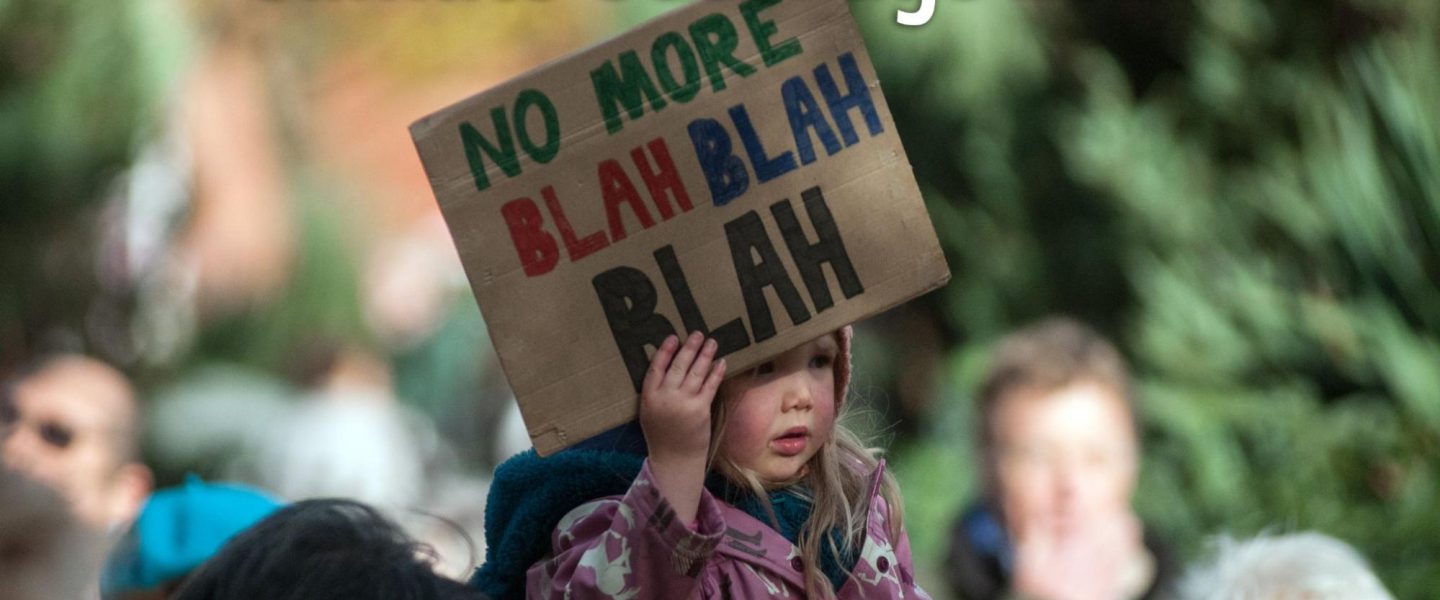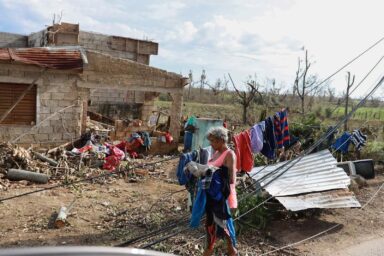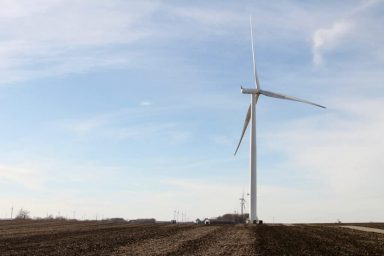The dire state of the environment is one of humanity’s greatest challenges. Here are some of our 2021 environmental stories you may have missed.
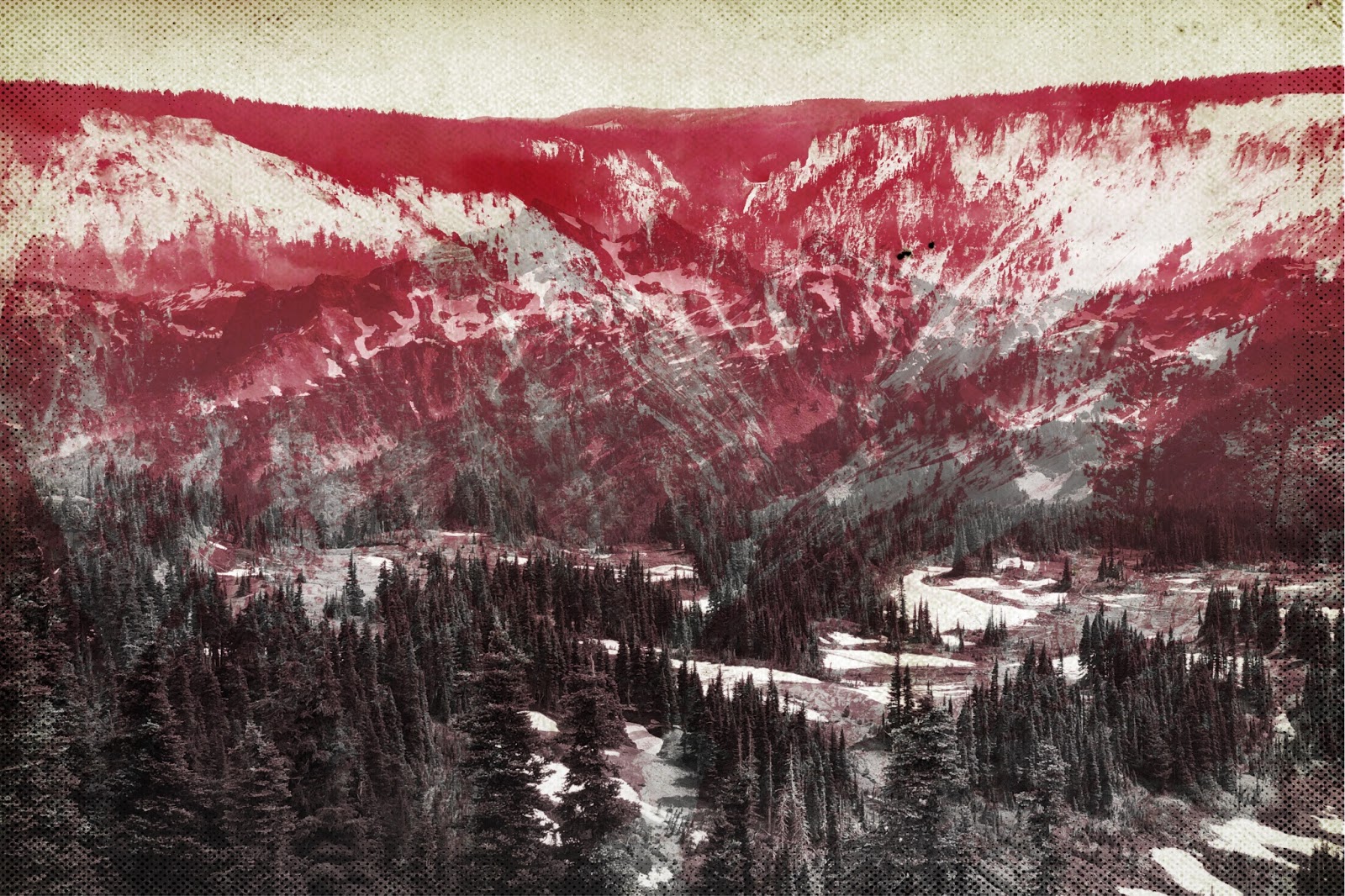
Forests Ablaze, Glaciers Melting: Climate Change Threatens US Parks
Whether it’s a mistimed wildflower bloom on Mount Rainier, scorched trees in Yosemite, or a lack of grizzly bears in Yellowstone, the effects of climate change can be hard on park visitors.
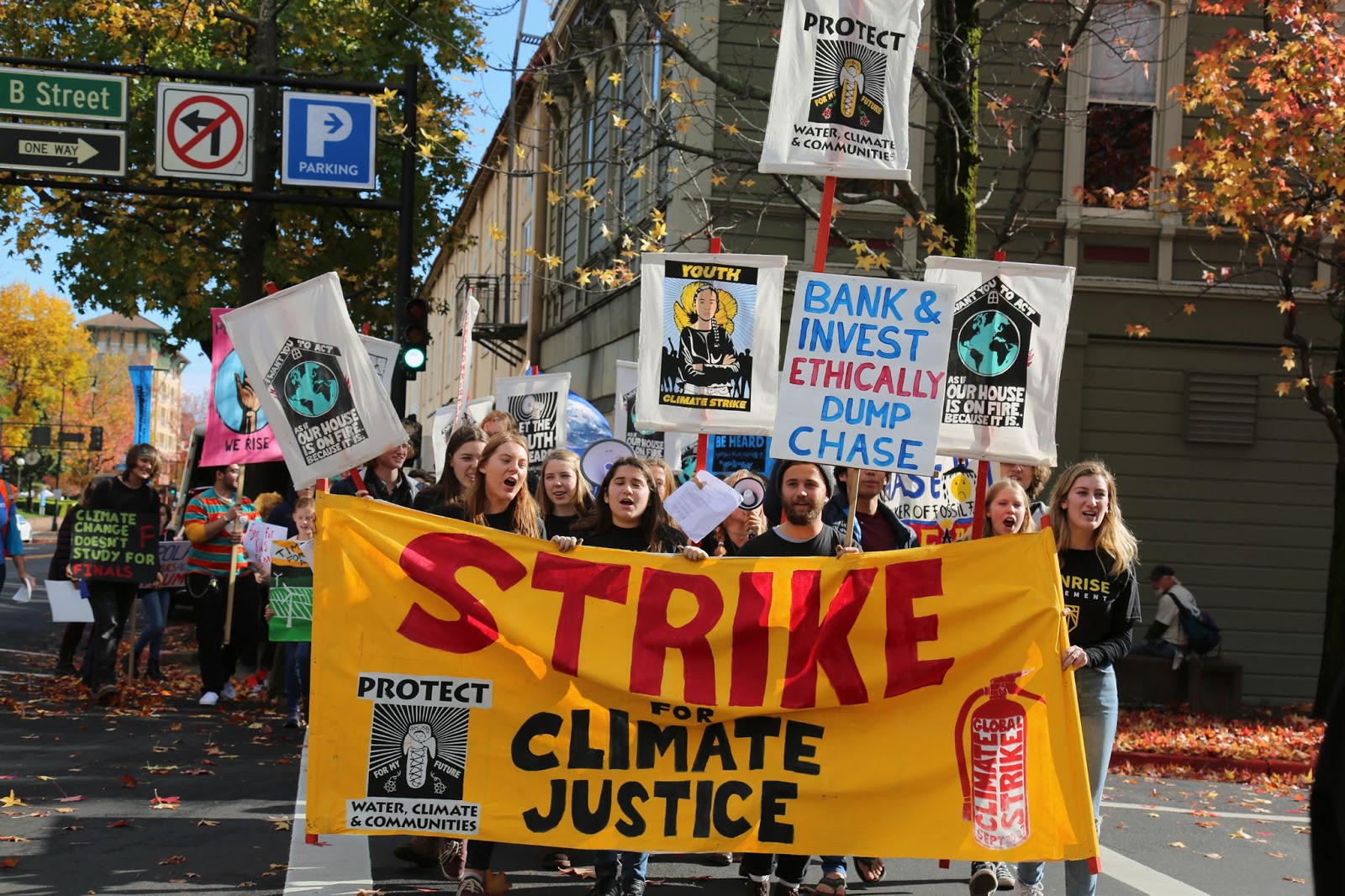
The Money Movement Exposes Fossil Fuel Financing
Is your bank helping to fund climate change by loaning money to fossil fuel companies? www.Bank.Green can help you find out.
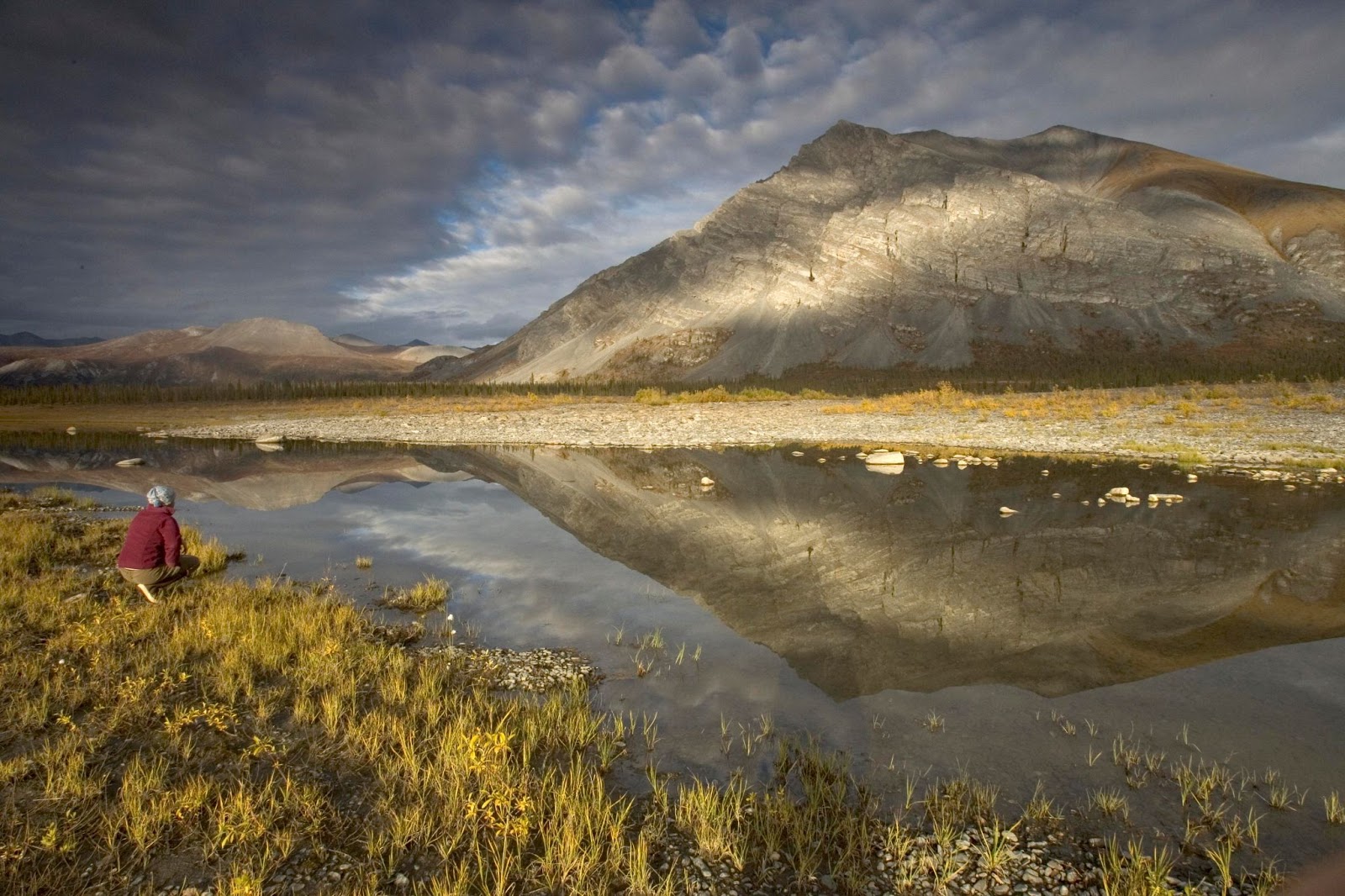
Biden’s Baffling Inconsistency on Alaska Drilling
With recent oil-drilling decisions, Biden gives good news and bad news to environmentalists. We explain how he’s playing the long game.
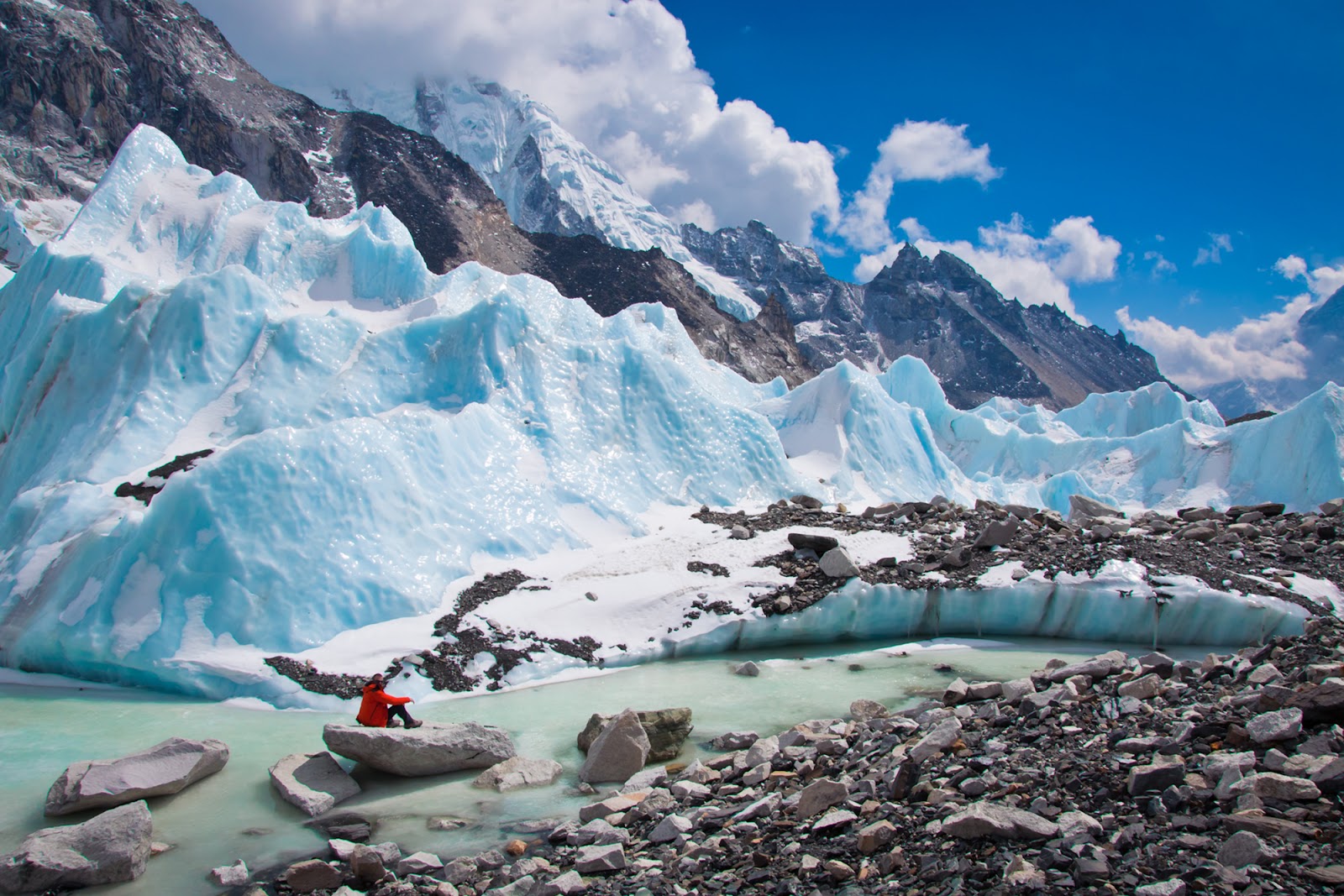
Melting Himalayas Point to Problems Worldwide
Warming temperatures are melting mountain glaciers worldwide, threatening lives and livelihoods. Climbers are witnessing the damage firsthand.
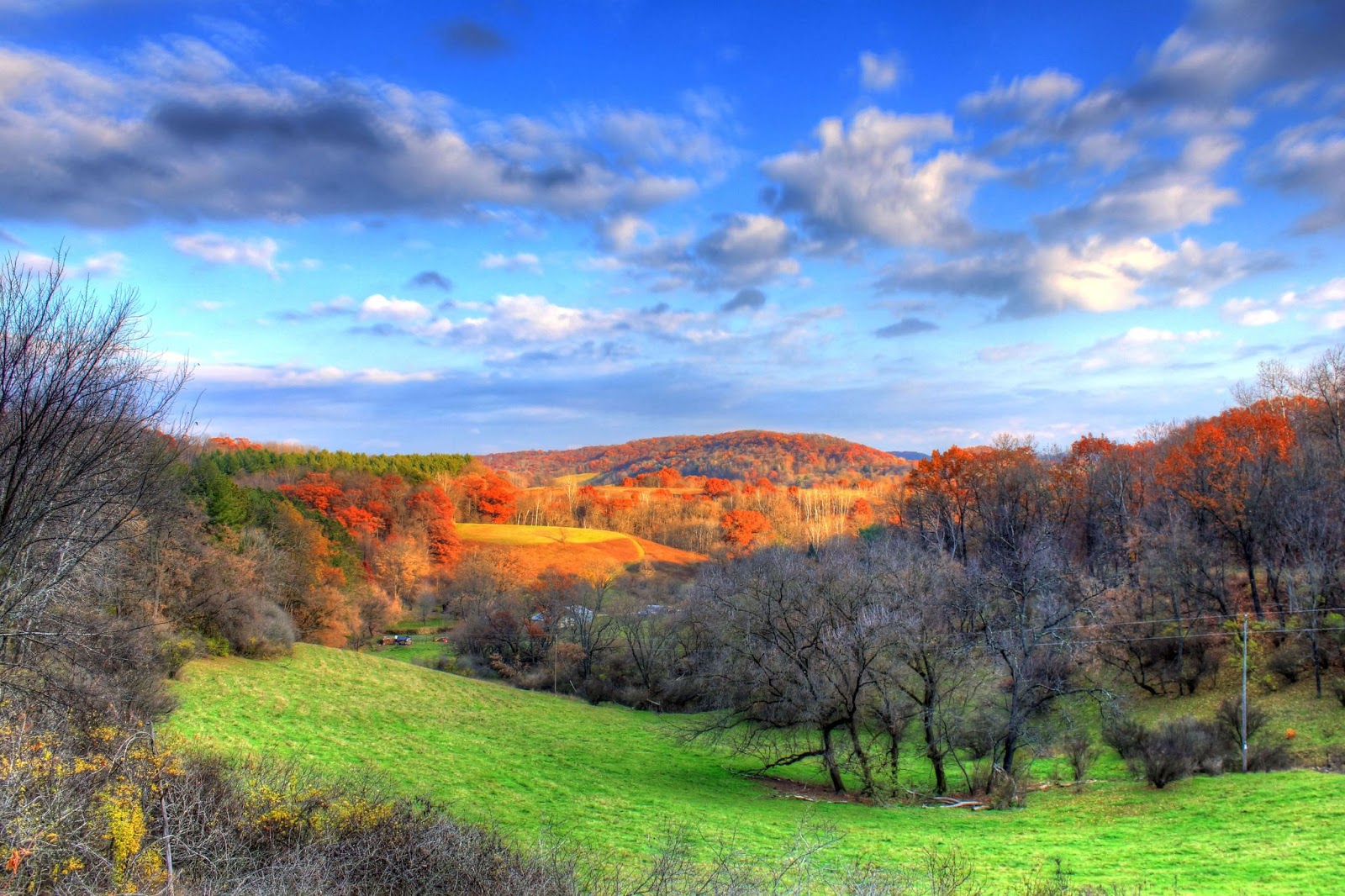
600 Square Miles to Redemption
In 1985 Bryan Stanley killed three men. In an attempt at redemption, he has spent decades fighting against the odds to create the first national park in Wisconsin.
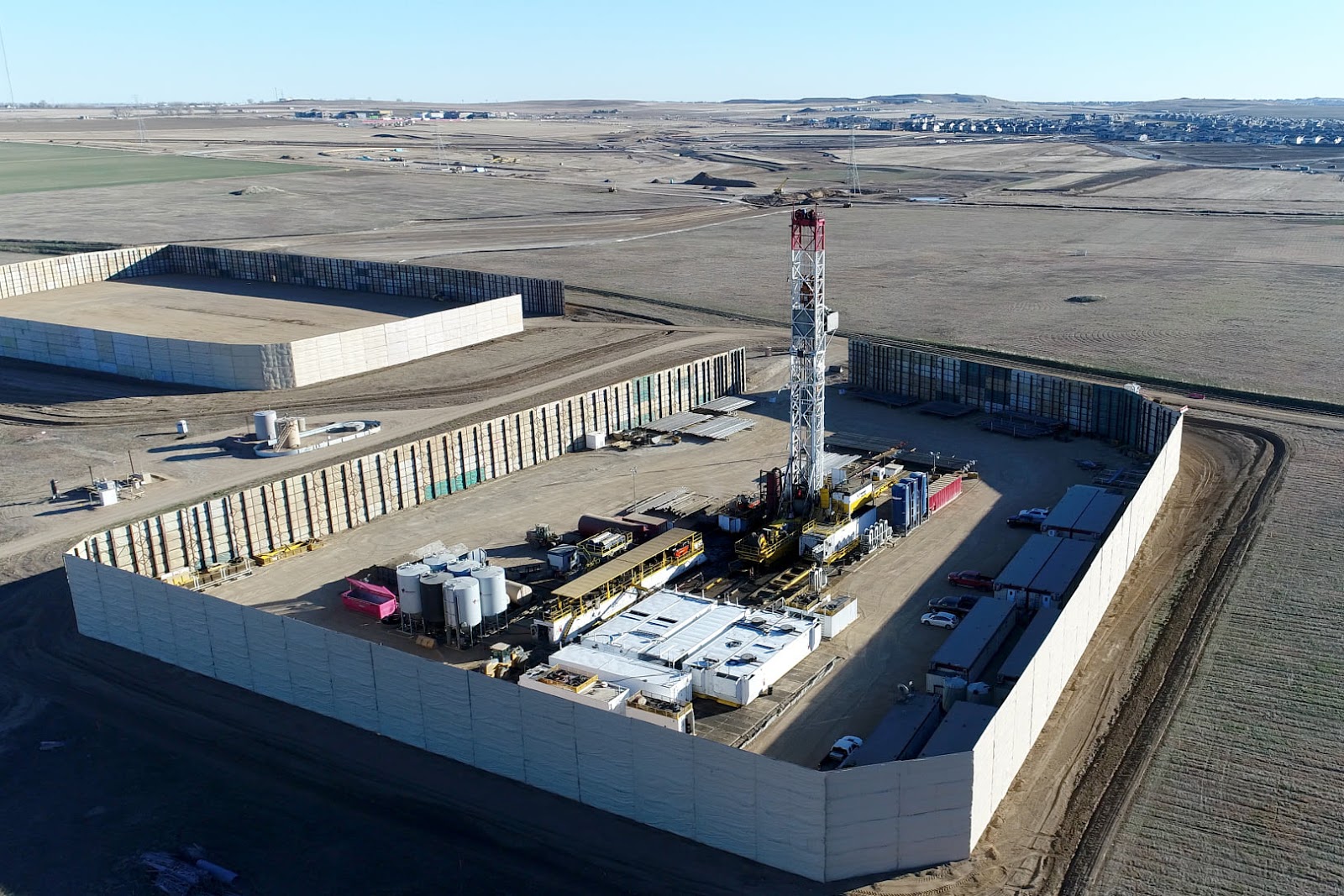
Fracking and Health: Colorado Locals Aim to Clear the Air
“Get the frack out,” say protesters to oil and gas companies that have drilled more than 100 wells near their homes in Erie, CO. State officials may finally be listening to complaints about airborne chemicals.
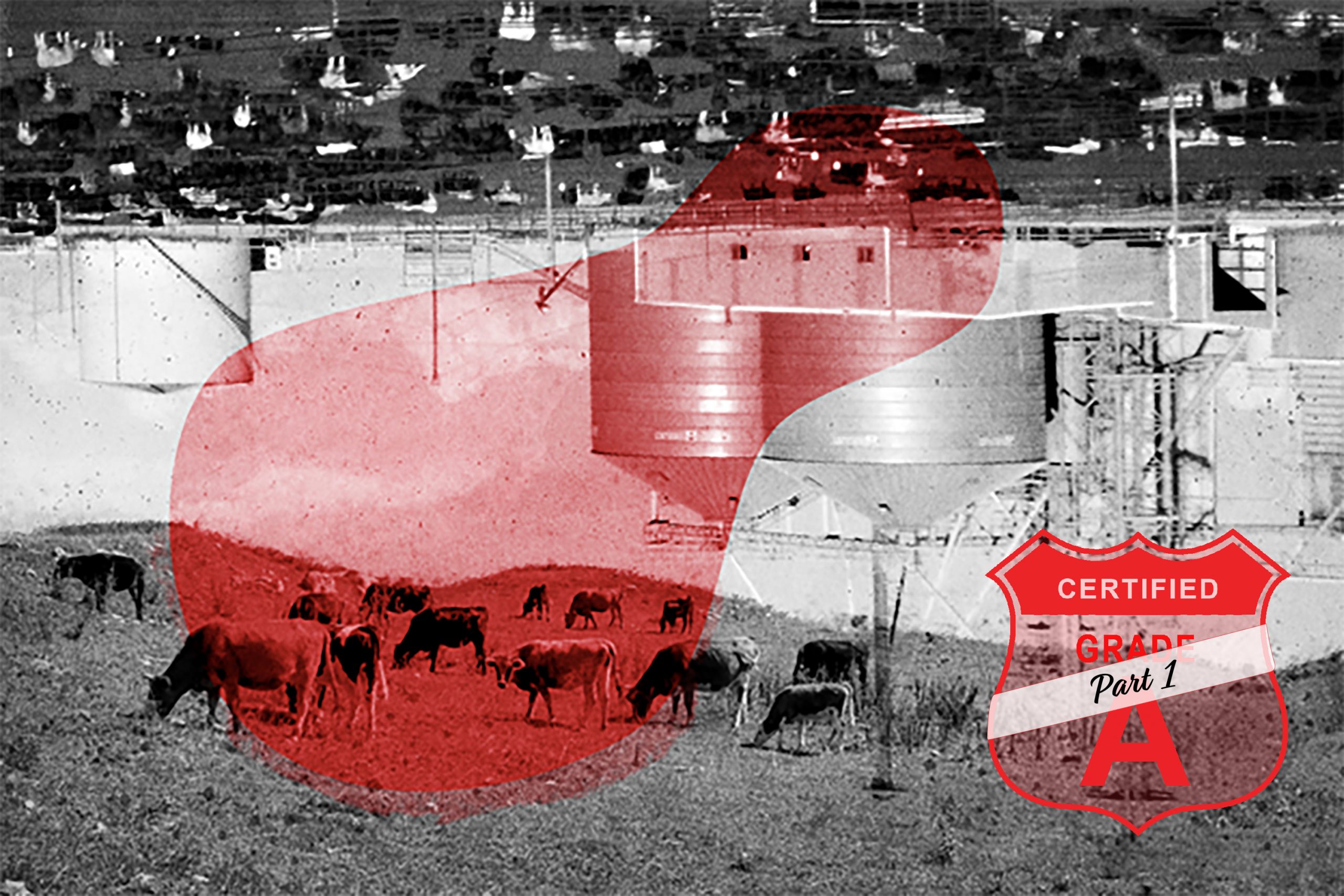
Dishfunctional / Flickr (CC BY-NC-SA 2.0), Anton Maksimov juvnsky / Unsplash
Farm to Factory: Big Ag’s Manure Machine, Part 1
When Big Ag put small farmers out of business, they changed a way of life in rural America. They also made it harder to fight climate change.

Engineer Pitches Cloud Brightening to Stem Arctic Melting
For decades, a Scottish engineer has labored to answer a question: Could spraying seawater into clouds to make them reflect more sunlight lead to a brighter future for the planet?

Capturing Carbon One Cooling Tower at a Time
Tech startup Noya plans to suck carbon dioxide from the atmosphere in a process called direct air capture, but building plants to do the job is pricey. Noya’s fix: Use the 2 million cooling towers that already exist across the US.
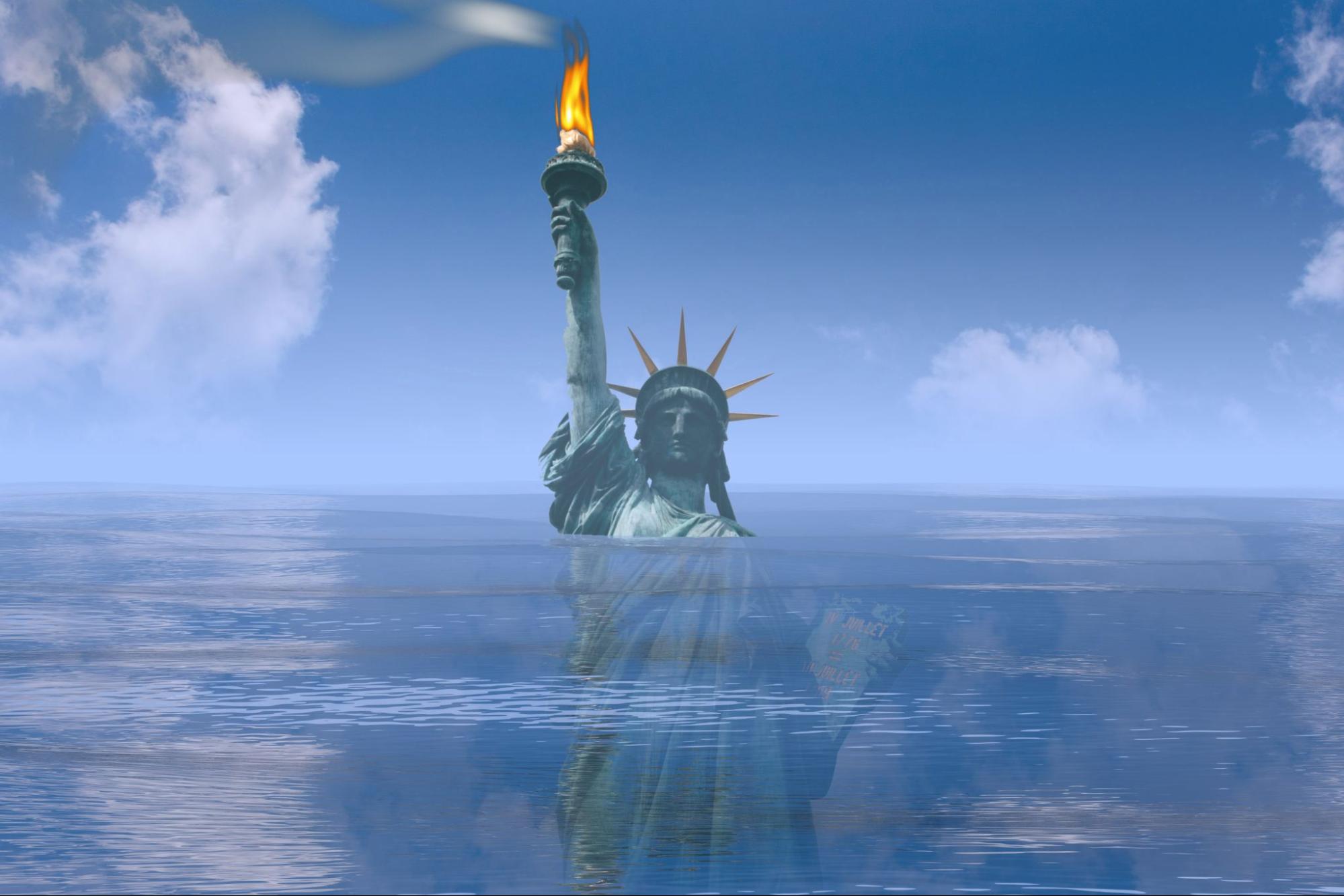
Climate Crisis: The Time to Act Is Now
This WhoWhatWhy series examines how climate change is affecting towns across the US.

The Right to Life, Liberty, and a Clean Environment
Will New York voters make a healthy environment a constitutional right?
